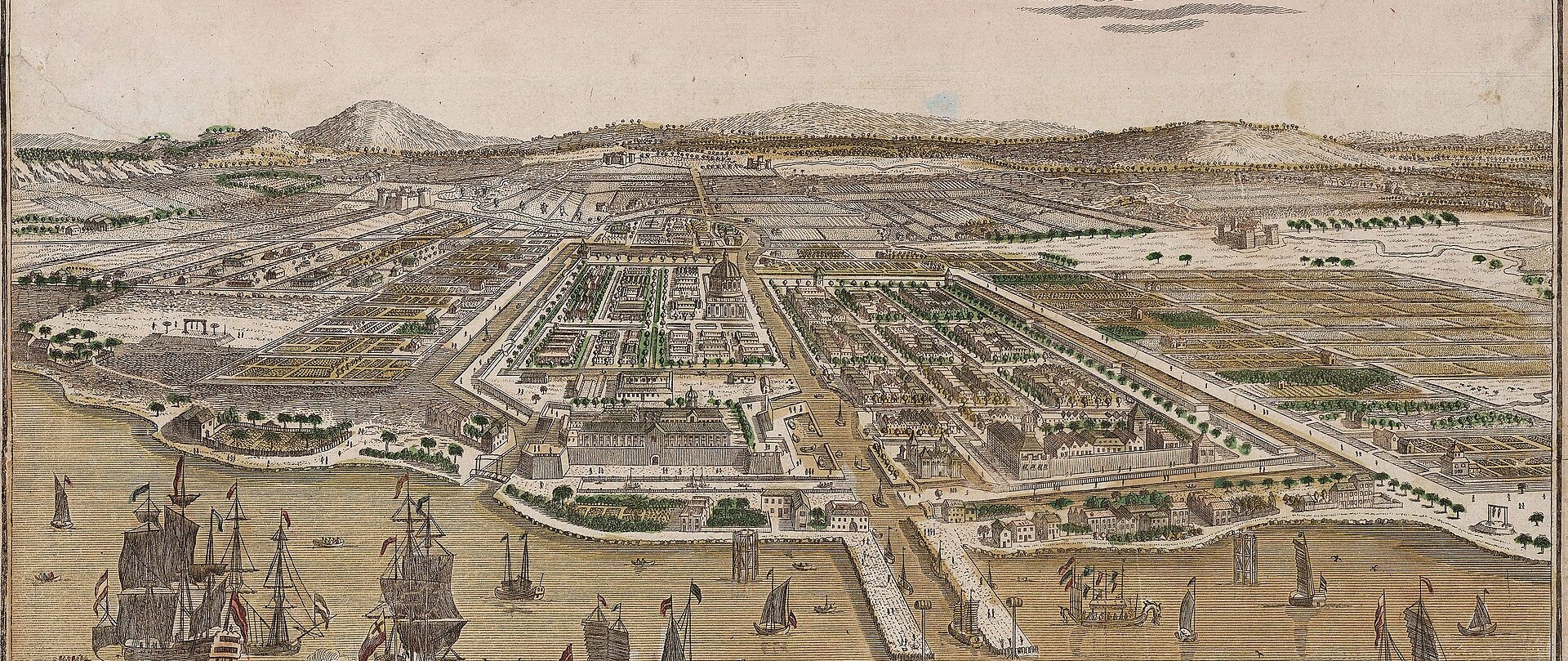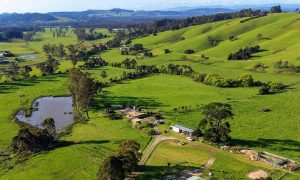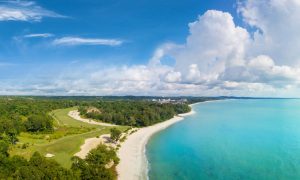Indonesia’s vibrant capital has carried many different names through its long and complex history, each one reflecting a different chapter in its evolution. Today, Jakarta is not only a dynamic regional travel destination, it’s a fascinating history lesson, too.
Though many place names evolve and change over time, few cities in Southeast Asia have experienced quite as many identity shifts as Jakarta. Now a sprawling metropolis and the beating heart of Indonesia, the city has weathered numerous waves of change – political, cultural, social, and linguistic – that have been mirrored in the evolution of its name.

From its early days as a coastal settlement to its present-day status as the modern capital of the world’s fourth-most populous country, Jakarta’s many names – if you scratch beneath the surface a little – offer a compelling shorthand for its rich, turbulent story.
Long before it was the Jakarta that we know today, the city was a small but important port on the northwest coast of Java. In the 4th century, it was known as Sunda Kelapa, the harbour town of the Sunda Kingdom. Its strategic position made it a thriving trading centre that attracted merchants from China, India, and Arabia. The Portuguese were among the first Europeans to arrive in the 16th century, forging an alliance with the Sundanese rulers in a bid to gain a foothold in Java.
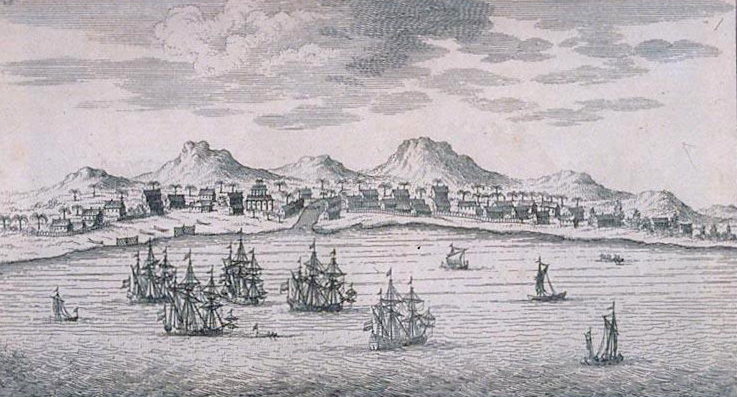
That arrangement was, however, rather short-lived. In 1527, a local military leader named Fatahillah, serving under the Sultanate of Demak, captured the city from the Portuguese. He renamed it Jayakarta, meaning “victorious deed” or “complete victory” in old Javanese. This name stuck for nearly a century and represented not just a change in leadership, but a bold declaration of independence from foreign control.

Then came the Dutch. The powerful Dutch East India Company (VOC) saw Jayakarta’s potential and seized it in 1619, razing the city and rebuilding it in their image. They renamed it Batavia, after the ancient Germanic tribe believed to be the ancestors of the Dutch people. For more than 300 years, Batavia served as the capital of the Dutch East Indies and was a key administrative and trading hub in the region. But it was also a city marked by stark social divisions, with wealthy Europeans living in leafy central neighbourhoods and posh quarters while locals were largely confined to the outer fringes.
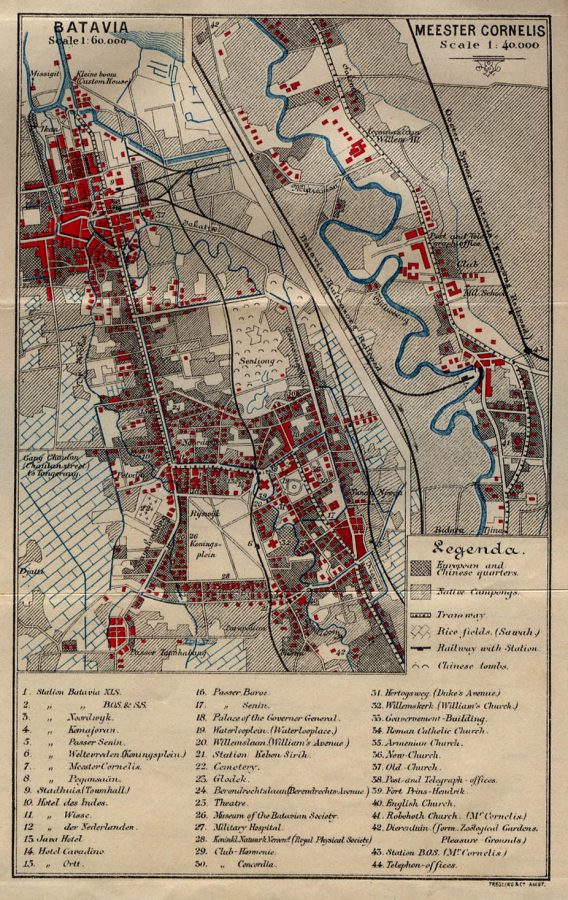
Midway through the 20th century, during the Japanese occupation of Indonesia in World War II, the name Batavia was abolished as part of an effort to break free of the vestiges of colonial influence. The city was briefly referred to as Djakarta Tokubetsu Shi, or “Special City of Jakarta,” and the spelling Djakarta lingered into the early years of independence after 1945.
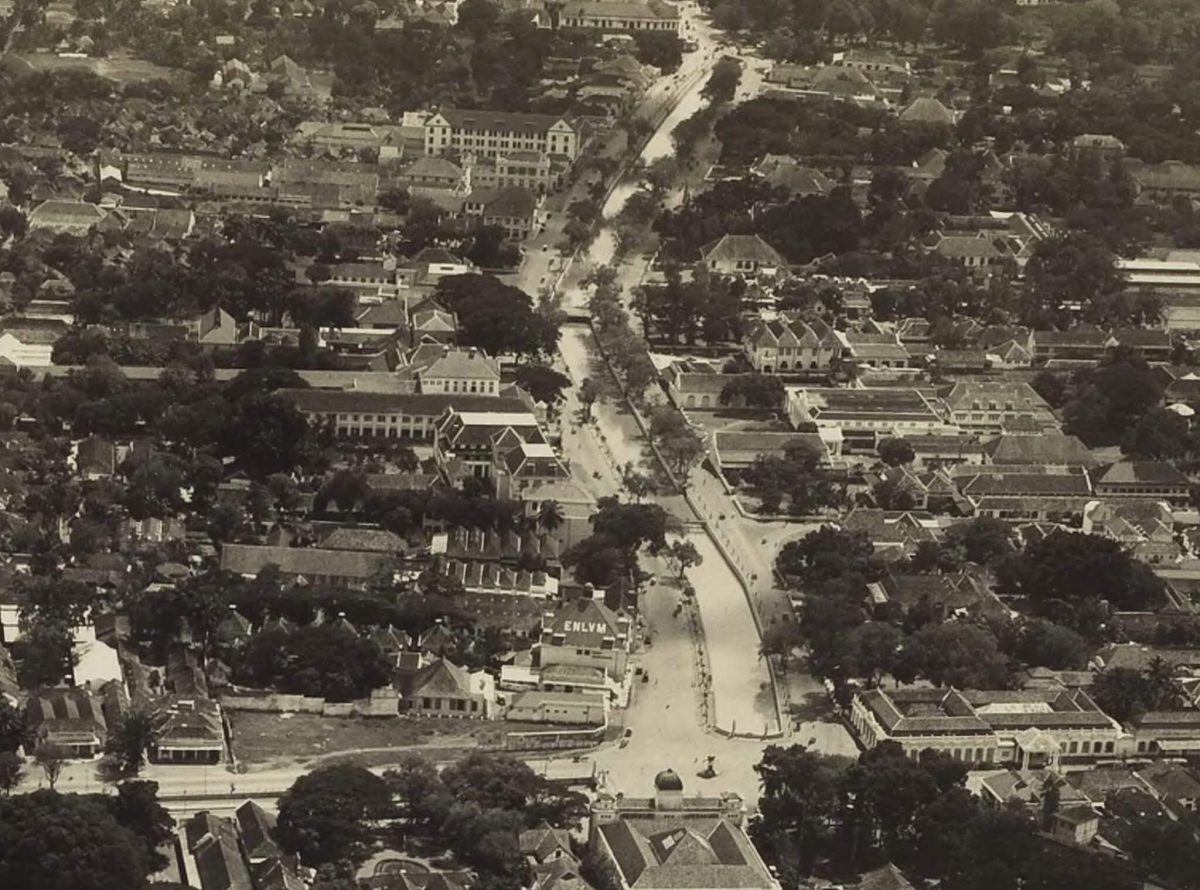
In 1972, under President Suharto’s government, the spelling was officially modernized to Jakarta to align with Indonesia’s updated orthographic standards. This marked the final stage in the city’s name journey – one that now reflects national identity rather than colonial legacy.
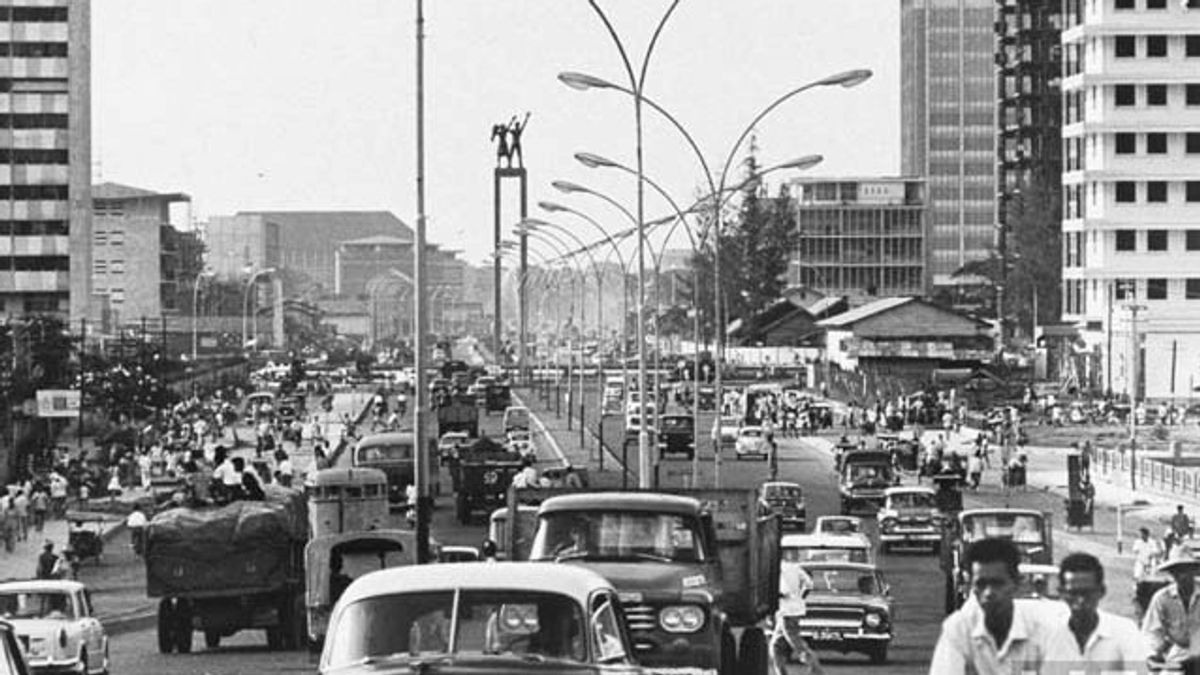
IMPROVING A CITY
Today, Jakarta is a dynamic, chaotic megacity, with an extended metro population of some 34 million, placing it firmly among the world’s largest population centres. As such a massive city, Jakarta continually grapples with congestion, pollution, and even periodic flooding, yet it’s alive with culture, creativity, and boundless energy. We recently paid a visit to see how it’s changed in the last decade or so. To say the least, we were impressed – at least with its central business district (CBD), the area in which we stayed.
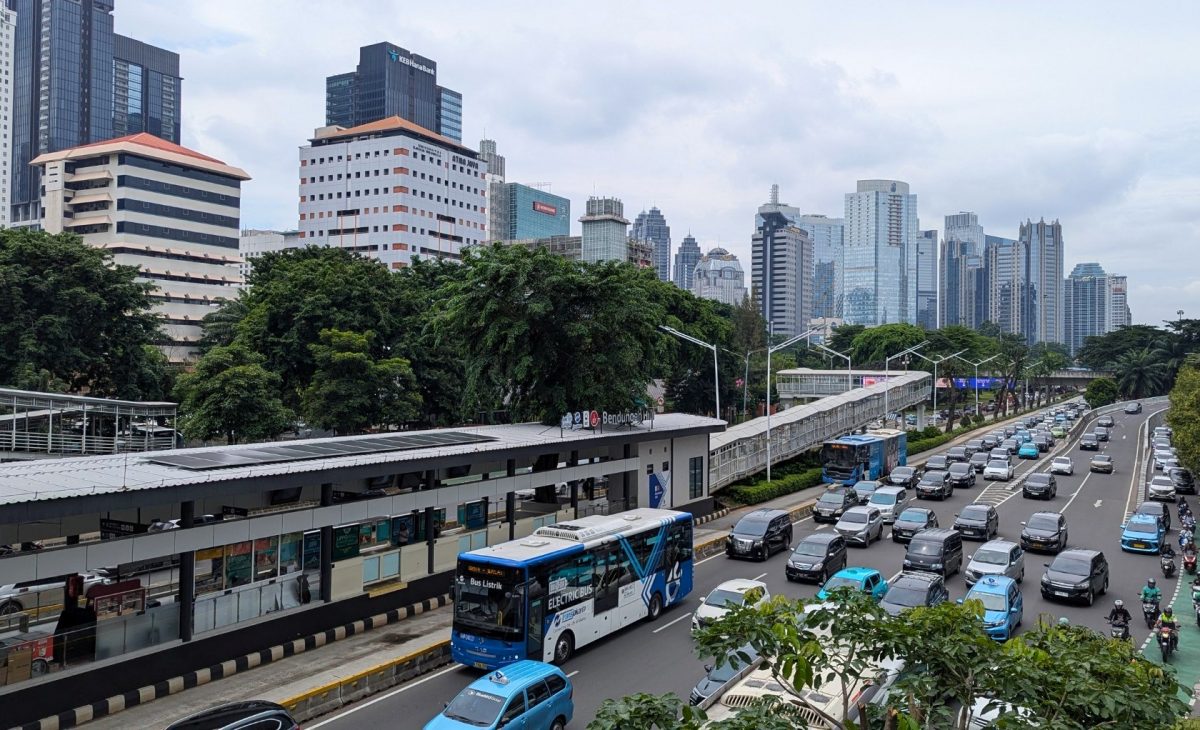
Over the past several years, Jakarta has undergone a noticeable transformation, particularly in its push to modernise and streamline public transportation in the capital’s increasingly dense urban core. The most significant leap forward came with the launch of the MRT Jakarta in 2019, the city’s first mass rapid transit system, which now connects key points from Lebak Bulus in South Jakarta to the downtown hub of Bundaran HI. Sleek, air-conditioned, and on time, the MRT instantly elevated the city’s image and gave commuters a reliable alternative to the notoriously congested roads.
Complementing this are the ongoing expansions of the MRT and LRT systems, as well as the long-awaited Jakarta-Bandung high-speed rail line. This new line, officially known as Whoosh, cuts travel time between the two cities to approximately 45 minutes – a dramatic improvement from the usual car or bus journey, which is typically 2.5 to 3.5 hours, and can often stretch even longer due to traffic congestion. The new rail line’s total route is about 142 km, with trains reaching speeds of up to 350 km/h.
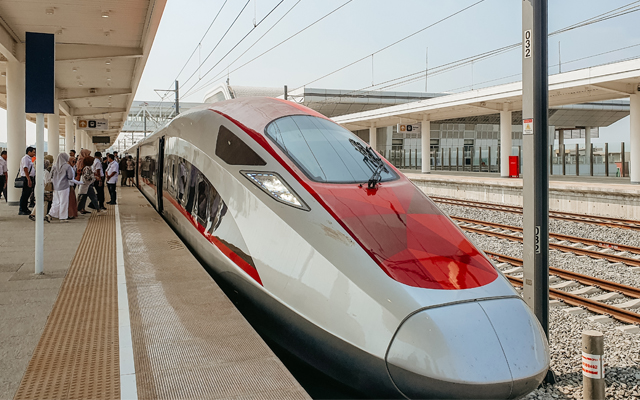
Within the CBD, these improvements have been matched by visible urban upgrades. New pedestrian-friendly footpaths, widened sidewalks, elevated walkways (such as the Sudirman-Thamrin pedestrian bridge network), and green corridors have turned once-hostile thoroughfares into walkable zones. TransJakarta bus services continue to play a crucial role, and recent digital integration – including cashless payments and real-time tracking – has made using the system more accessible for both locals and visitors.
Paired with a boom in upscale developments, curated public spaces, and better traffic enforcement, Jakarta’s CBD has become far more navigable and liveable than it was just a few years ago, signalling a slow but steady move towards a smarter, more integrated urban future.

A CITY FOR BUSINESS, A CENTRE FOR LEISURE
During our visit – the first time we had been to Jakarta in several years – the upgrades and changes in the CBD were immediately evident. Traffic, though still quite heavy at times, moved much more freely. We also noticed the wide sidewalks and footpaths, abundant trees and landscaping, and a level of general order and cleanliness that was, frankly, amazing.
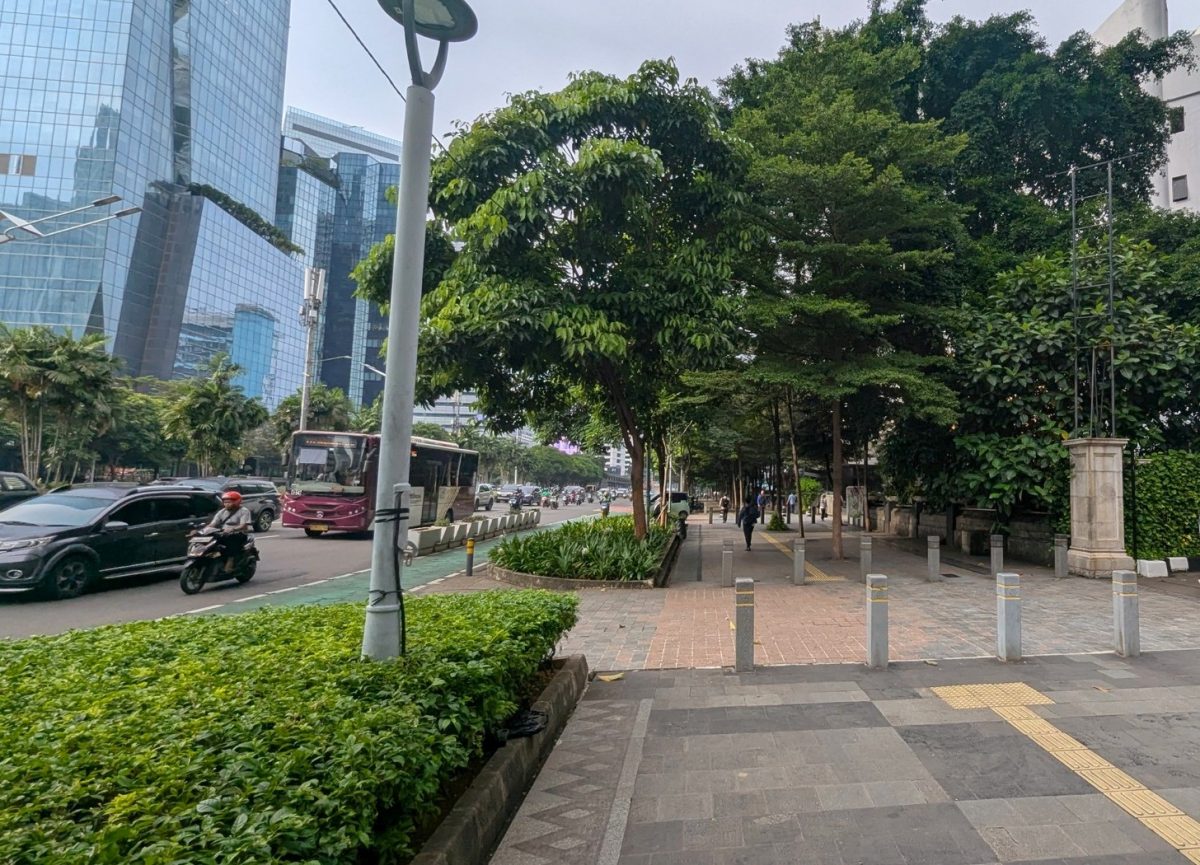
We chose the beautiful AYANA Midplaza Jakarta for our stay, which like its home city, has seen its own name change. Previously, this property was the InterContinental Jakarta, but in 2017, the Indonesian chain AYANA Hotels took over and, following a round of refurbishment and upgrading, repositioned the property under its own luxury brand.
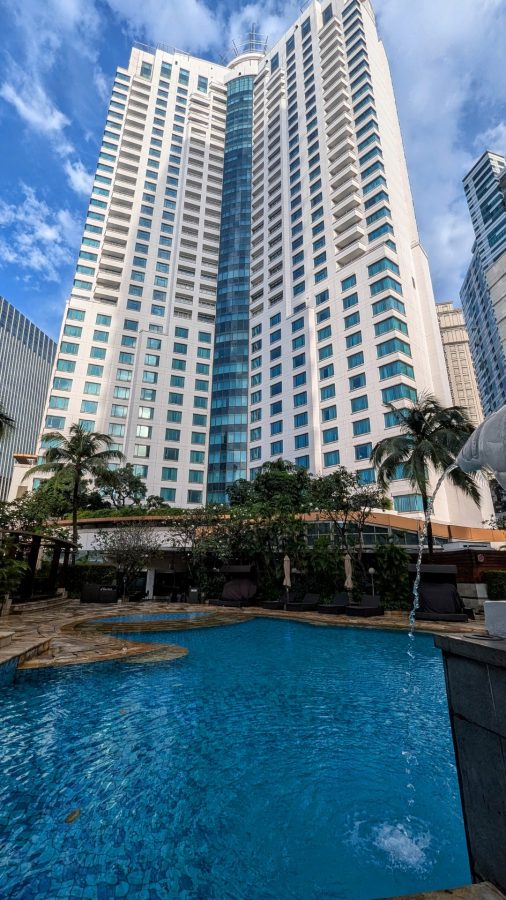
Today, the hotel delivers an ideal blend of polished professionalism and understated luxury. AYANA Midplaza’s strategic CBD location makes it a favourite among business travellers, yet it offers a great deal for leisure travellers, too. Beautiful, contemporary rooms, attentive service, and a particularly strong culinary line-up – including the acclaimed RASA Restaurant, JimBARan Lounge, and Blue Terrace café – make staying here a thoroughly enjoyable experience.

In the adjacent spaces connecting the hotel to the nearby shopping centre, guests can also enjoy Liu Li Seafood Palace (Chinese), as well as honZEN and KADO (both Japanese), all of which are under the auspices of the hotel. Add in excellent wellness facilities and stylish event spaces, and you’ve got a property that balances business with leisure remarkably well. It’s a welcome urban retreat amid Jakarta’s fast-paced (and occasionally chaotic) city centre action.
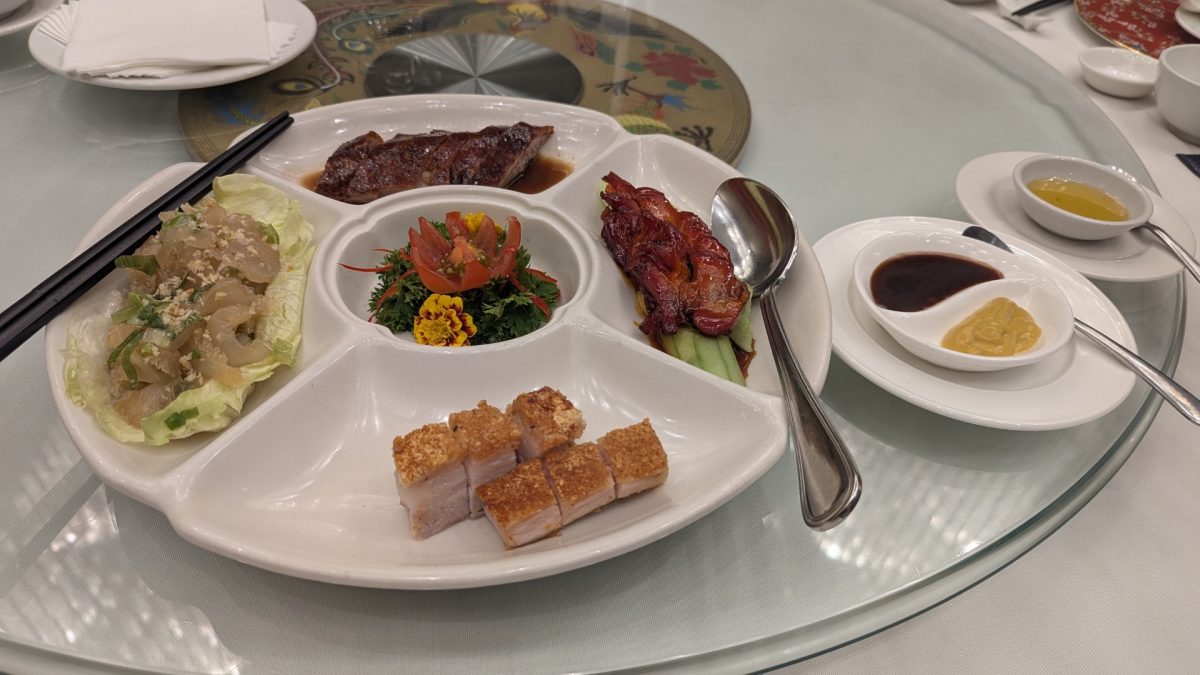
For a truly indulgent dining experience, make your way to Alto Restaurant & Bar at the lavish Four Seasons Hotel, about a 20-minute drive from AYANA. Alto is open for lunch and dinner daily, but also offers what is easily among the city’s very best Sunday brunches, guided by the practiced hand of Executive Chef Marco Violano.

We booked a table and for three hours, thoroughly enjoyed the small, luxurious buffet spread comprising premium cold cuts and cheeses, seafood on ice, and various salads, complemented by a wonderful menu of dishes that can be ordered à la carte on an “all you can eat” basis, ranging from pan-seared foie gras and salmon en croute to angel hair seafood carbonara, seared beef tenderloin, and swordfish in butter and lemon sauce, among many other dishes.
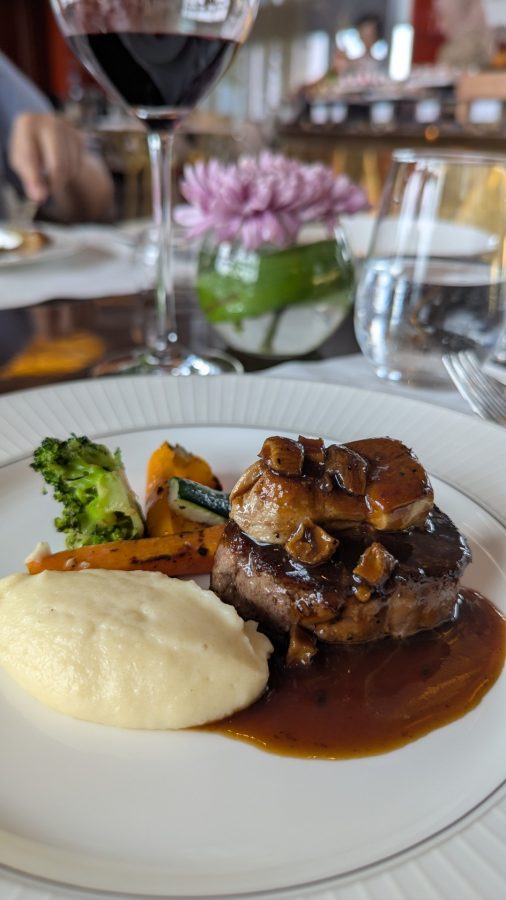
There was also a live ‘action station’ at which freshly made risotto was brought together in a large, hollowed-out wheel of Parmigiano Reggiano and topped with freshly shaved black truffle.
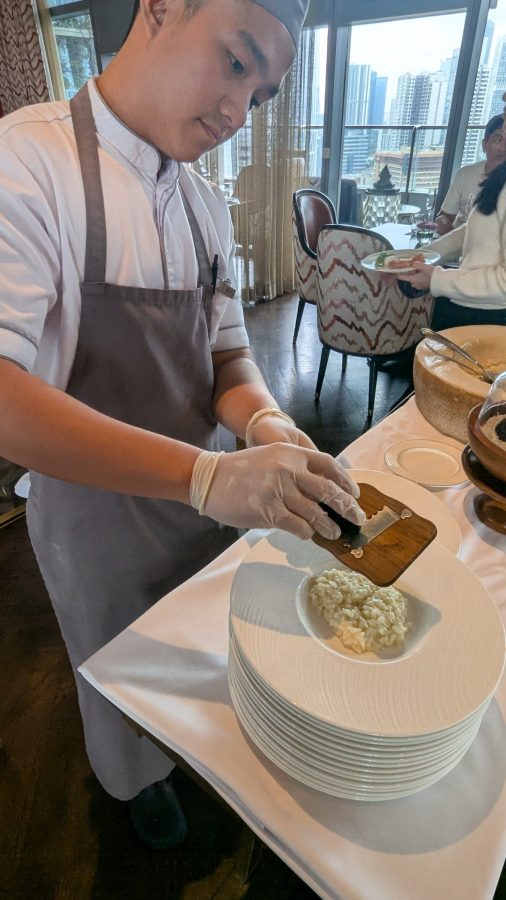
And beyond the outstanding cuisine, a free flow of wines, juices, and prosecco elevated this brunch even more. We also felt the meal offered solid value for money when considering the gorgeous venue and incredible quality of the food we enjoyed. (When we visited, Alto’s brunch was Rp.895,000, or about RM235, plus another Rp.850,000, or RM220, to add on the full drinks package; prices are before tax and service.)

TRAFFIC-FREE JAKARTA?
If you’re visiting over a weekend, you’ll be able to partake in a special weekly ritual in the city, too. Jakarta practices car-free Sundays in the CBD, which we very much enjoyed, although it admittedly gets started very early in the morning, with all the noise and clamour of a full-scale parade cum party, so be aware if you’re staying in the immediate area.
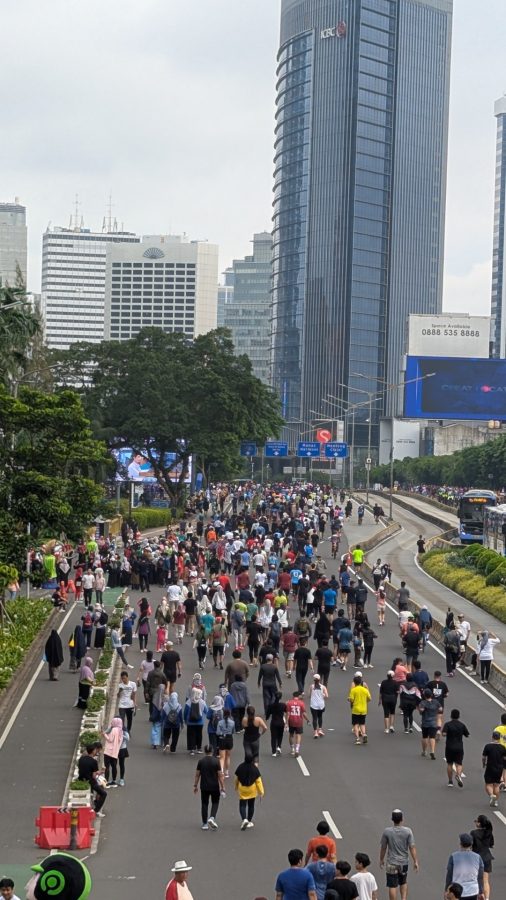
Every Sunday morning in central Jakarta, near the iconic fountain roundabout, the usually traffic-heavy thoroughfare of Jalan Sudirman and Jalan MH Thamrin, about 2 km from AYANA, transforms into a pedestrian paradise as part of the city’s weekly Car-Free Day (Hari Bebas Kendaraan Bermotor). From 6:00am to 11:00am, these main roads are closed to all motorized vehicles, giving residents and visitors a chance to walk, jog, cycle, or even rollerblade in the heart of the capital without any worries about traffic. And Jakartans take full advantage of the five-hour window!
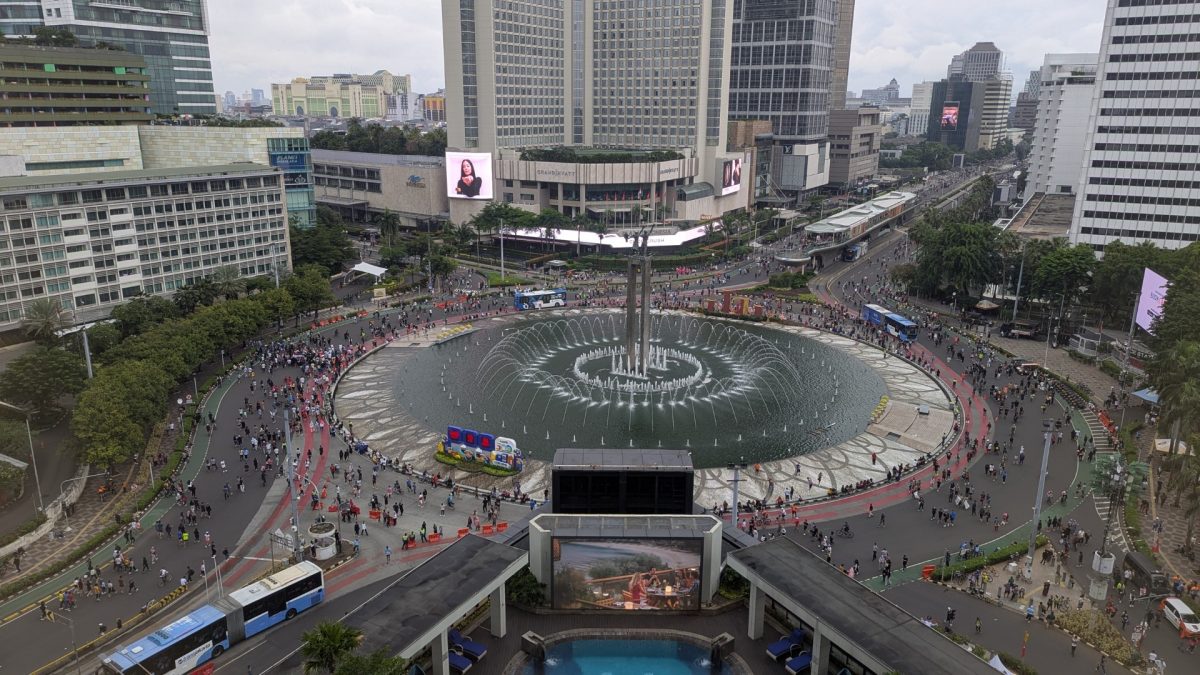
It’s a vibrant, community-driven affair – and one that’s very well-attended – with impromptu aerobic sessions, street dancers and choral performances, food vendors, and loads of people of all ages enjoying the open space during the relatively cool morning hours. For visitors staying in the CBD, it’s a refreshing way to start the day and see a more relaxed, people-centric side of Jakarta.
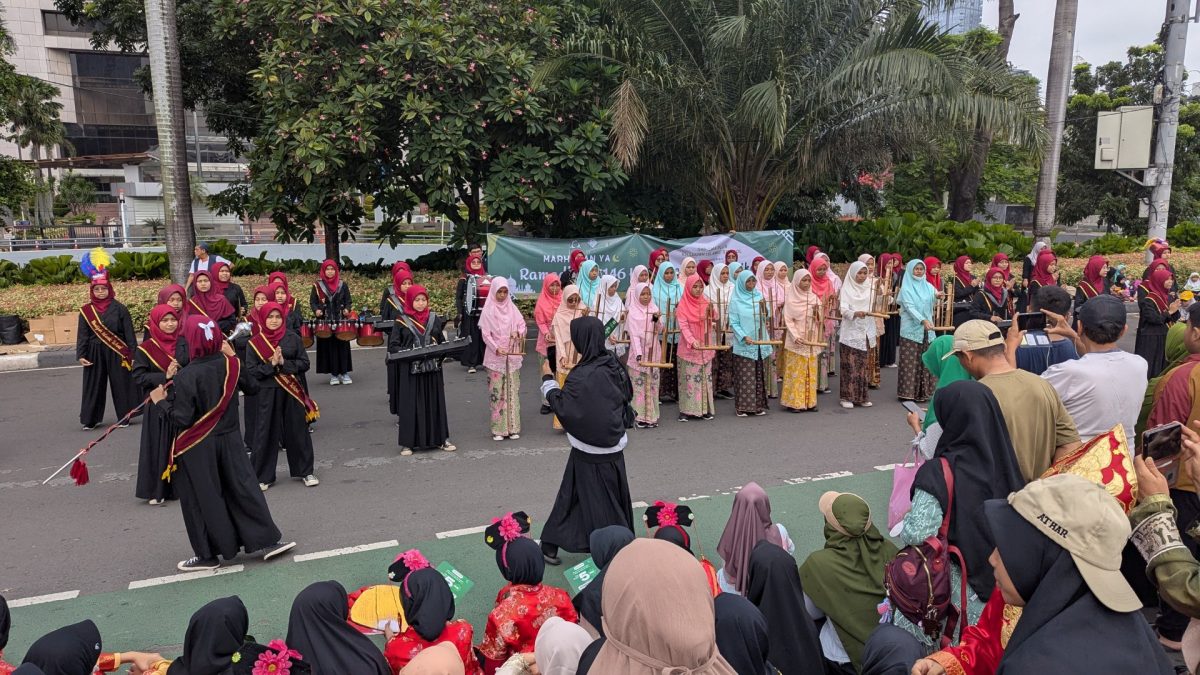
That said, however, if you do happen to look up from the street-level crowds, you’ll surely be amazed. Some of Jakarta’s most impressive skyscrapers are in this area, including the soaring Autograph Tower, part of the Thamrin Nine complex. At 382.9 m, this visually arresting building stands as the Southern Hemisphere’s tallest structure. (Jakarta lies at about 6.19° south of the equator.)
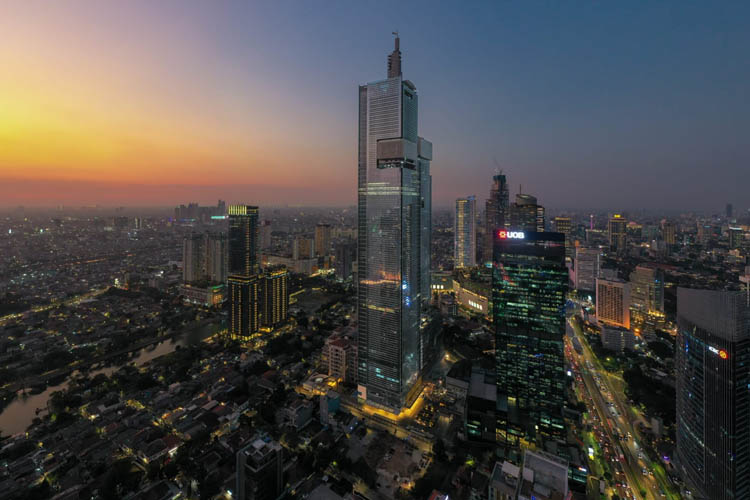
In the city once known as Sunda Kelapa and later Batavia, the name may have changed, but the city we now know as Jakarta has always played a central role in shaping Indonesia’s history, and indeed that of the wider region. And with years of conscientious improvements to the city now under its belt, we can say that visiting Jakarta is more enjoyable these days than ever before.
However, that’s not to say all is well in the sprawling Indonesian capital. It cannot be disputed that the city’s coastal location is fraught with trouble, and the massive conurbation of greater Jakarta, much of which is built on relatively soft, alluvial land near the northern coast of Java, is slowly sinking after decades of unchecked growth and excessive extraction of groundwater to slake the huge city’s thirst.
As the Indonesian government continues with its plans to eventually (and incrementally, it seems) move the capital to Nusantara in East Kalimantan on the island of Borneo, Jakarta’s series of names will forever be deeply entwined with the country’s historical memories.
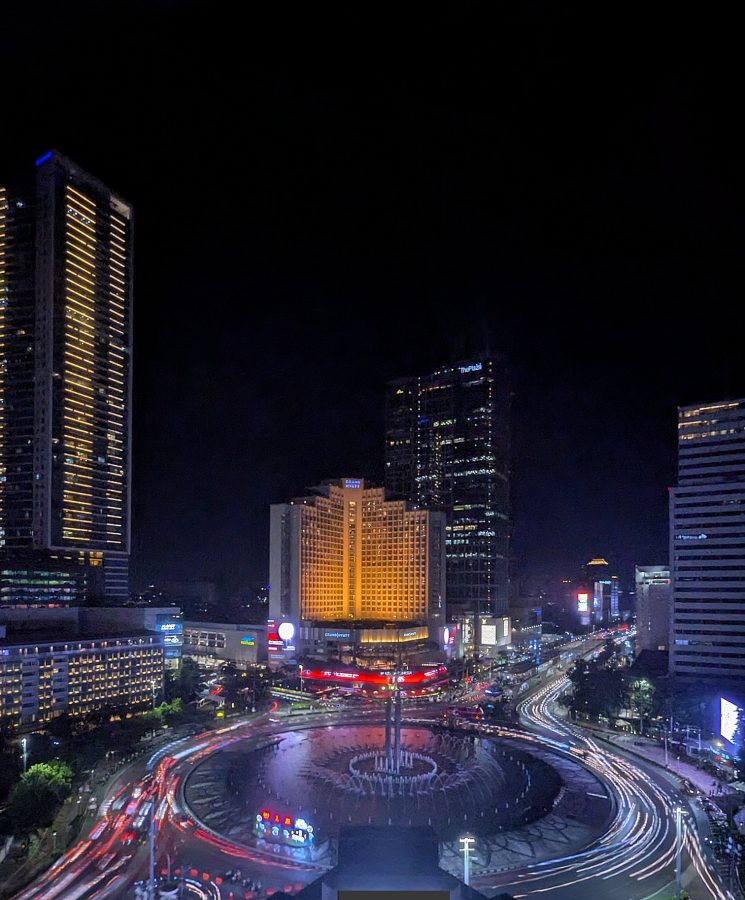
TRAVEL FILE
Getting There
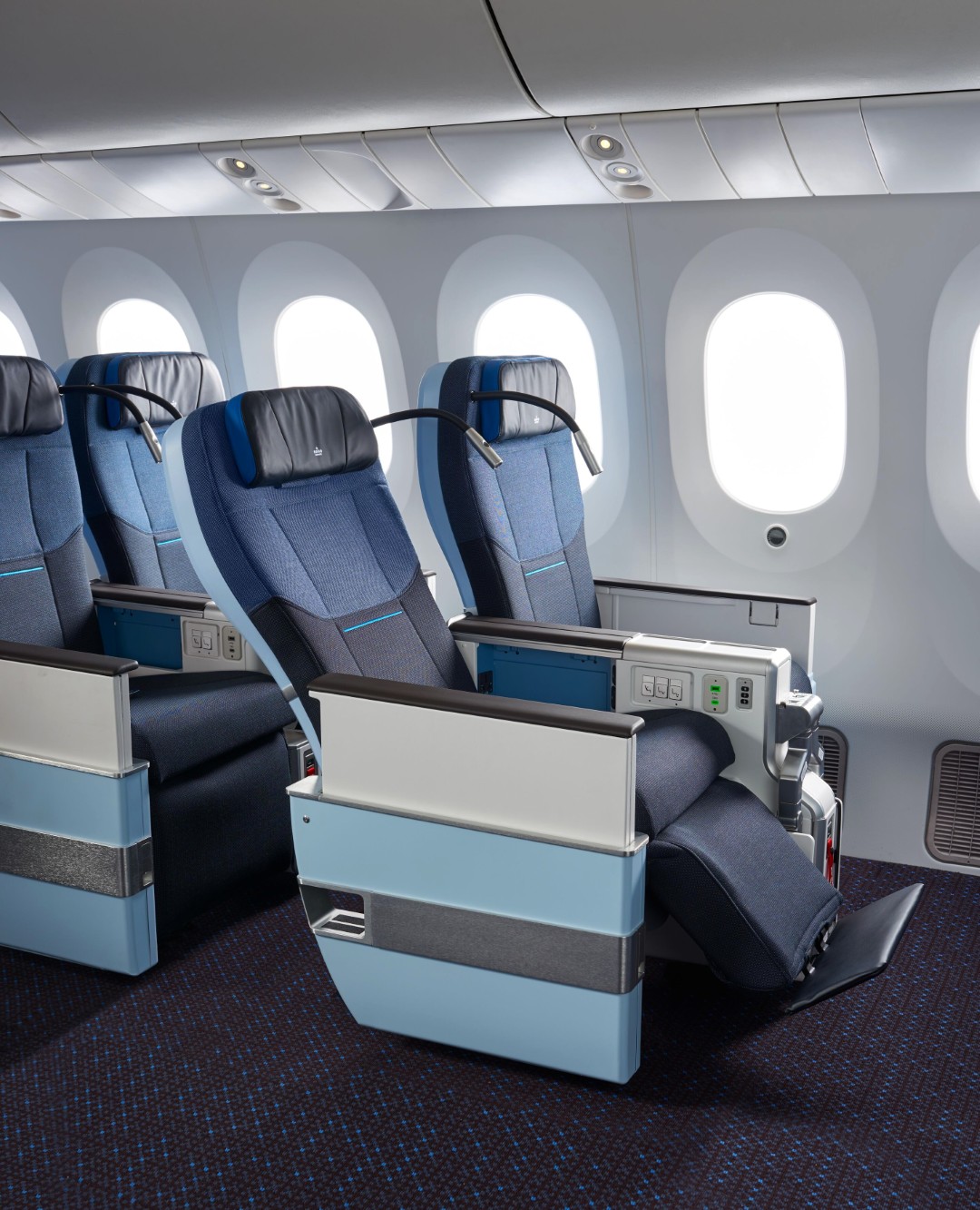
All three of Malaysia’s local airlines fly to Jakarta, but for travellers looking for something a little different, it’s worth booking your journey on KLM, which operates fifth-freedom flights between Kuala Lumpur (KUL) and Jakarta (CGK).
The Netherlands’ flag carrier operates a 787 widebody on the route, in a three-class configuration. (Some flights have four classes.) Outbound flights depart KUL at 5:05pm, arriving at CGK at 6:15pm, with Jakarta one hour behind KL. The return flight departs CGK at 7:30pm, giving visitors nearly a full day in the city, arriving at KUL at 10:40pm.
As a full-service airline with options for World Business Class, Premium Comfort, and Economy (with some flights offering Economy Comfort, as well), included meals, and the option to lock in and ‘hold your fare’ for 24 hours while you think it over – all for a price that may surprise you – this is an excellent choice for comfortable, widebody travel between the Malaysian and Indonesian capitals.
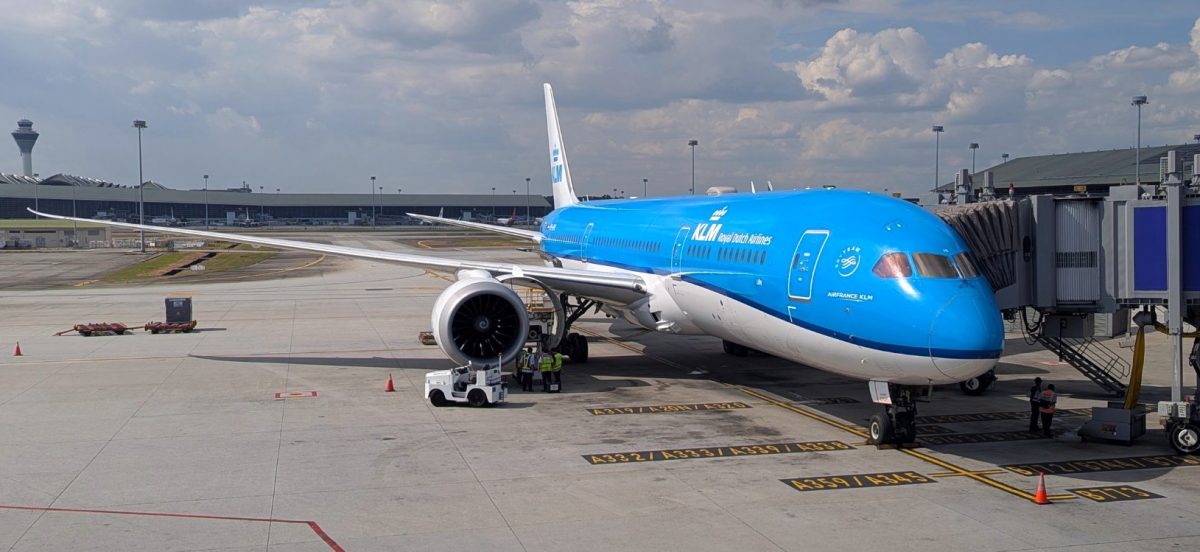
Getting Around
Grab is available in Jakarta, so travellers from Malaysia with the app already installed can enjoy seamless e-hailing. For the smoothest experience, ensure you have purchased and activated a mobile data roaming plan from your carrier. These are typically very inexpensive for travelling in Indonesia.
For visitors looking to use public transportation in Jakarta, the city’s expanding public transport network offers an affordable and efficient way to get around. The Mass Rapid Transit (MRT), Light Rail Transit (LRT), and the extensive TransJakarta Bus Rapid Transit (BRT) system are all modern and well-connected options for visitors staying in or near the central business district and beyond. The easiest way to pay for rides on these systems is with a reloadable smart card, which is accepted across most forms of public transport.
The JakLingko card is the integrated ticketing card used for MRT, LRT, TransJakarta buses, and even the commuter trains (KRL). Travellers can get a JakLingko card at station ticket counters, convenience stores like Indomaret or Alfamart, or vending machines located in major transit stations.

Alternatively, many foreign-issued contactless credit or debit cards (Visa payWave or Mastercard PayPass) can be used directly at some gates for single rides, though this was still being rolled out when we visited. Another option is to use local e-money cards from banks (like BCA Flazz or Mandiri e-Money), which are also widely available and accepted across most transport services. For a smoother trip, travellers can download the JakLingko app for route planning, fare top-ups, and real-time transit updates. (Google Play / Apple App Store)
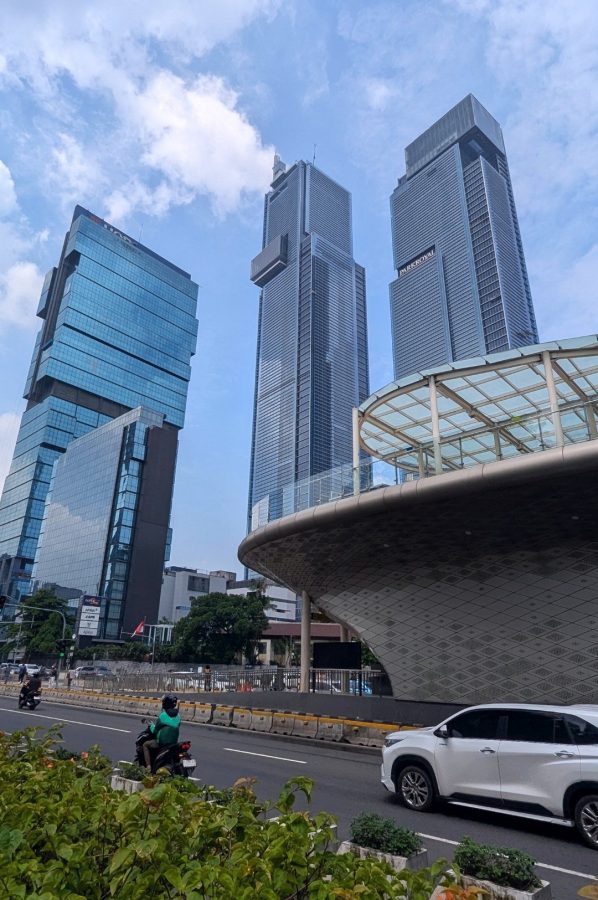
Stay and Dine Contacts
AYANA Midplaza Jakarta: Information and reservations
Alto Restaurant & Bar: Information and reservations

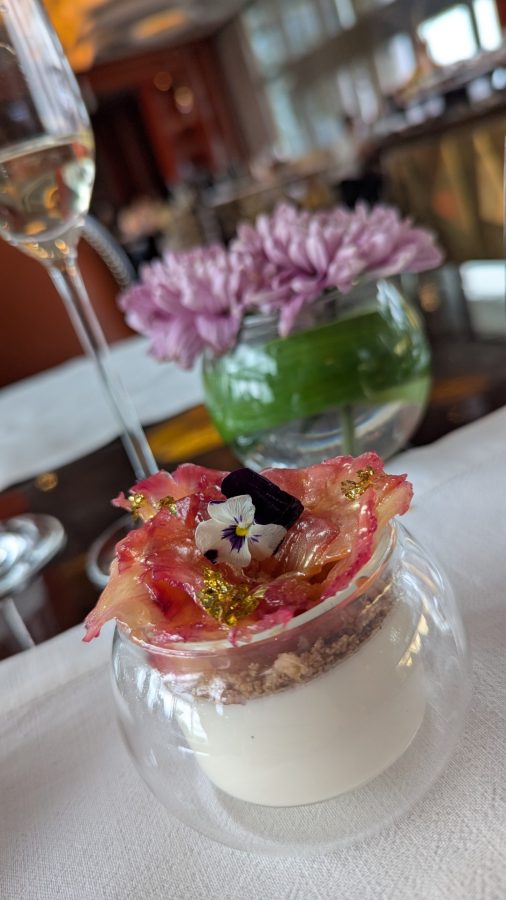
"ExpatGo welcomes and encourages comments, input, and divergent opinions. However, we kindly request that you use suitable language in your comments, and refrain from any sort of personal attack, hate speech, or disparaging rhetoric. Comments not in line with this are subject to removal from the site. "


